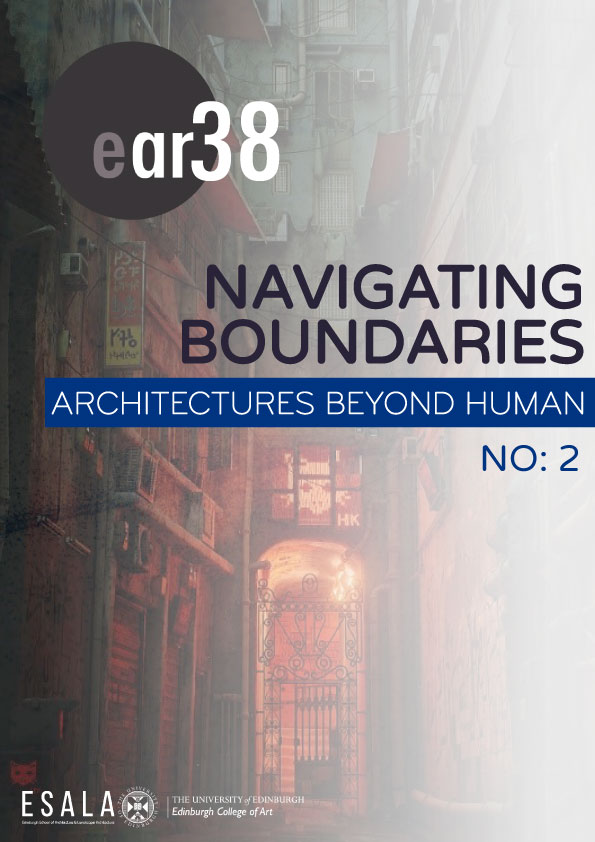Scoring the invisible
Biomaterial and computational processes for [re]capturing atmospheric pollution
Abstract
This article discusses the computational and material interplays embedded in the making of [re]capture, a research–creation project combining a bio-inspired installation that materialises particulate matter, together with outdoor sensing instruments that collect atmospheric data in at-risk neighbourhoods (Montreal, Canada). With impacts on health and the environment, habitual and slow forms of exposure to atmospheric pollution (Hsu 2016) outline the relationality of air and the porosity of bodies, both human and more-than-human (Nieuwenhuis 2016; Albano 2022). What kind of technical objects, and material-esthetics can “negotiate a rapprochement” (Gissen 2009, 22) with the invisible materiality of air? At the intersection of critical and bio-design, mechanical engineering, and computer science, [re]capture delves into this question through the lens of ‘filtration,’ simultaneously envisioned as a physical process for attending to atmospheric pollution, and as a generative concept for interpolating technology, materiality, and the city. While the artwork iterates a virtual testing model (Blender and ossia score) with physical prototyping, the article examines how to compose with air through digital simulation and scoring to create new alliances between porous meshes, bioindicators, data, particulate matter, light, wind, and electronics. It also asks How to design installations that embody and materialise the affective properties of air? Attending the speculative trajectory of this process, the article draws on feedback from computer-aided simulation techniques and collaborative experiments in residency spaces to investigate the ‘scoring’ of [im]materiality and explore the spatio-temporality of air.

This work is licensed under a Creative Commons Attribution-NonCommercial-NoDerivatives 4.0 International License.


